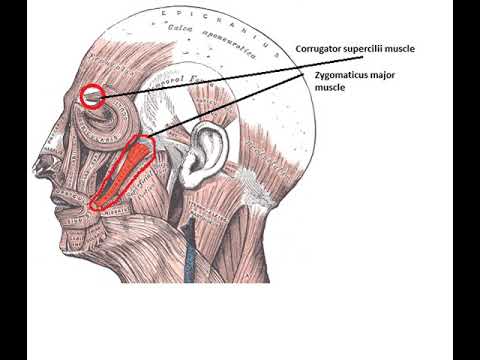This is an audio version of the Wikipedia Article:
https://en.wikipedia.org/wiki/Affective_computing
00:00:57 1 Areas
00:01:05 1.1 Detecting and recognizing emotional information
00:02:09 1.2 Emotion in machines
00:02:56 2 Technologies
00:04:30 2.1 Emotional speech
00:05:59 2.1.1 Algorithms
00:09:28 2.1.2 Databases
00:11:40 2.1.3 Speech descriptors
00:13:46 2.2 Facial affect detection
00:14:26 2.2.1 Facial expression databases
00:15:56 2.2.2 Emotion classification
00:17:09 2.2.3 Facial Action Coding System
00:18:11 2.2.4 Challenges in facial detection
00:19:46 2.3 Body gesture
00:21:12 2.4 Physiological monitoring
00:21:58 2.4.1 Blood volume pulse
00:22:07 2.4.1.1 Overview
00:22:58 2.4.1.2 Methodology
00:23:21 2.4.1.3 Disadvantages
00:24:01 2.4.2 Facial electromyography
00:24:51 2.4.3 Galvanic skin response
00:25:42 2.5 Visual aesthetics
00:26:25 3 Potential applications
00:28:34 3.1 Video games
00:29:10 4 Cognitivist vs. interactional approaches
Listening is a more natural way of learning, when compared to reading. Written language only began at around 3200 BC, but spoken language has existed long ago.
Learning by listening is a great way to:
– increases imagination and understanding
– improves your listening skills
– improves your own spoken accent
– learn while on the move
– reduce eye strain
Now learn the vast amount of general knowledge available on Wikipedia through audio (audio article). You could even learn subconsciously by playing the audio while you are sleeping! If you are planning to listen a lot, you could try using a bone conduction headphone, or a standard speaker instead of an earphone.
Listen on Google Assistant through Extra Audio:
https://assistant.google.com/services/invoke/uid/0000001a130b3f91
Other Wikipedia audio articles at:
https://www.youtube.com/results?search_query=wikipedia+tts
Upload your own Wikipedia articles through:
https://github.com/nodef/wikipedia-tts
Speaking Rate: 0.970570979944958
Voice name: en-AU-Wavenet-A
“I cannot teach anybody anything, I can only make them think.”
– Socrates
SUMMARY
=======
Affective computing (sometimes called artificial emotional intelligence, or emotion AI) is the study and development of systems and devices that can recognize, interpret, process, and simulate human affects. It is an interdisciplinary field spanning computer science, psychology, and cognitive science. While the origins of the field may be traced as far back as to early philosophical inquiries into emotion, the more modern branch of computer science originated with Rosalind Picard’s 1995 paper on affective computing. A motivation for the research is the ability to simulate empathy. The machine should interpret the emotional state of humans and adapt its behavior to them, giving an appropriate response to those emotions.
The difference between sentiment analysis and affective analysis is that the latter detects the different emotions instead of identifying only the polarity of the phrase.
wikipedia tts
Source



